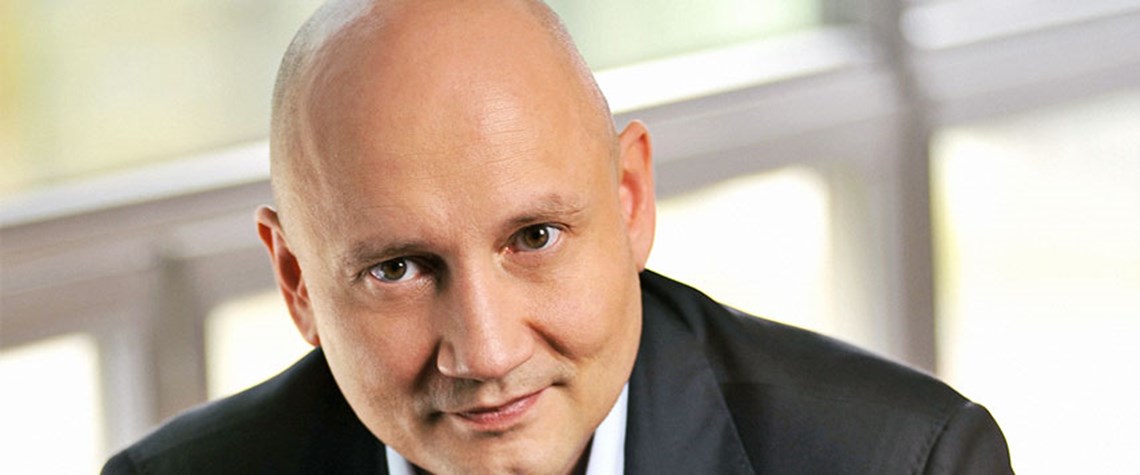Carbon capture to play key role in Mol strategy
The Hungarian oil and gas firm aims to build a business on the back of not only its own carbon emissions, but also those of third parties
Mol’s late February update of its long-term strategy towards moving “profitably towards net zero” foresees the firm becoming a “key player in the low-carbon circular economy in Central and Eastern Europe”. And part of the vision is the firm leveraging its existing carbon capture, utilisation and storage (CCUS) expertise in the region, upstream chief Berislav Gaso tells Transition Economist. His division has ambitions to reduce its scope 1 and 2 emissions—across not just its European assets that fall under the scope of the EU ETS, but also in the global portfolio—to zero by 2030. Gaso sees three key challenges: cutting flaring, decarbonising required power generation and minimising venting. “

Also in this section
23 December 2025
Legislative reform in Germany sets the stage for commercial carbon capture and transport at a national level, while the UK has already seen financial close on major CCS clusters
15 December 2025
Net zero is not the problem for the UK’s power system. The real issue is with an outdated market design in desperate need of modernisation
28 November 2025
The launch of the bloc’s emissions trading system in 2005 was a pioneering step, but as the scheme hits 21 its impact as a driver of decarbonisation is still open to debate
18 November 2025
Vicki Hollub, president and CEO of Occidental, has been selected as the 2026 recipient of the Dewhurst Award, the highest honour bestowed by WPC Energy. The Dewhurst Award celebrates exceptional leadership, groundbreaking innovation and a lifetime of significant achievements in sup-port of the development and advancement of the energy industry.







